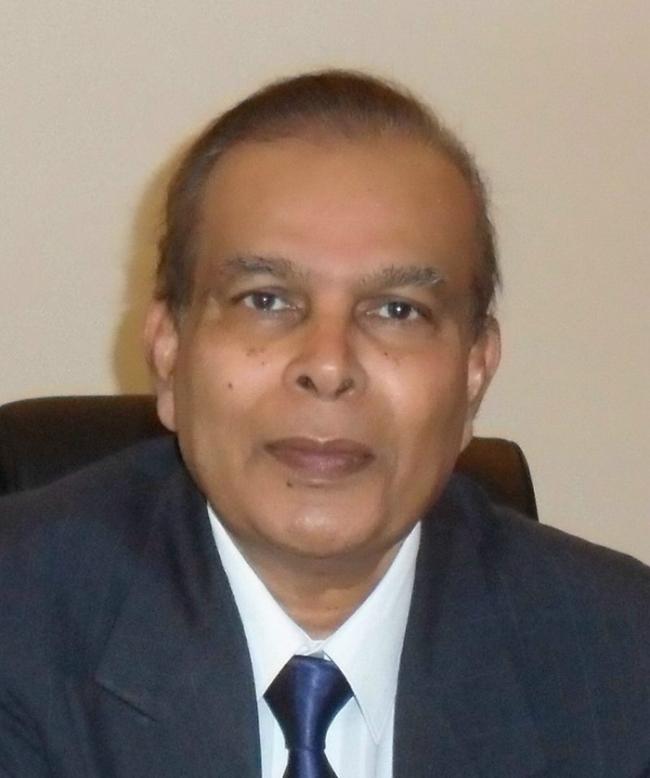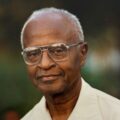Just after the conclusion of the conference of Commonwealth leaders in Malta, Guyana’s President David Granger on November 29, 2015 declared that the ongoing process by the United Nations could resolve the border controversy with Venezuela in three years’ time. While some may regard the president’s outlook as optimistic, Guyanese everywhere surely will want the Venezuelan claim to their territory to be rescinded with immediate effect.
However, Venezuela is not expected to satisfy this yearning Guyanese desire, and it continues to rely on the UN Good Office to find a solution to the long existing controversy over that country’s claim of nullity of the arbitral award that delineated the territorial boundary in 1899. Venezuela’s reliance on the Good Office process seems to be an adamant position, even though that course has failed to produce any tangible result since its implementation twenty-five years ago.
It is obviously because of the failure of this means that Guyana decided to request the UN Secretary General to choose the juridical avenue to find a lasting solution to the controversy. Venezuela, on the other hand has objected to Guyana’s proposal, insisting that the activity of the Good Office must continue.
For his part, the Secretary General himself does not seem to be enthusiastic over the snail-like movement of the Good Office procedure, and this is evidenced by the fact that he has not expressed interest in naming a successor to Dr. Norman Girvan, his last “Good Officer” who died two years ago. Since July 2015, Venezuela had asked him to name a new appointee. But since it was the practice in the past for both Guyana and Venezuela to first agree on a nominee, this definitely will not occur since Guyana is no longer interested in what it regards as a failed route.
The UN Good Office method
The Good Office method had certain advantages since it acted as a liaison between the two countries and the Secretary General’s representative (the Good Officer), with no powers to mediate, undertook periodic visits to both capitals to hear opinions on the issue from high level government leaders. The Good Officer, if he was present, also presided at meetings of the “facilitators”—the officials appointed by the two countries—to ensure that the discussions had clarity and focus. He looked out for any raised issues requiring an input from him or the Secretary General and volunteered his assistance where appropriate and was expected to investigate possibilities of assistance. In the end, he summed up the discussions and defined the conclusions and the tasks to be accomplished, if any, until the next meeting.
But there were times when the Good Officer did not fully understand his role. For instance, the late Oliver Jackman, the Good Officer from 1999 to 2007, felt that he was a “mediator” until he was told by the Secretary General’s office that such a task was not in his portfolio. In May 2003 at a meeting in Barbados with the facilitators, Ralph Ramkarran (appointed by Guyana in 1993) and Luis Herrera Marcano of Venezuela, Jackman, in an unusual request, asked them to explain the Good Office process to him, and to jointly prepare a short paper for his edification on his role. Both facilitators, who had met separately from Jackman a month before in order to restrict his tendency to mediate, subsequently prepared for him a document detailing his role as the Good Officer.
Actually, the meetings of the facilitators formed the more successful part of the Good Office approach, but they were rarely held more than twice annually. There was a lasting cordiality between the two officials and they freely shared their views and made suggestions without any animosities. This was an “easy” course of action since the two countries, particularly up to early last year were enjoying very amiable relations despite two shooting deaths of Guyanese and the destruction of Guyanese dredges on the Cuyuni River by the Venezuelan military. However, even though in July 2010 Venezuela named Ambassador Roy Chaderton as its new facilitator, there is no report of any meeting between him and Ramkarran. And actually, the last time the Good Officer, the late Dr. Girvan, met with the Guyanese and Venezuelan foreign ministers was in October 2013 during their meeting in Trinidad following the arrest by the Venezuelan navy of the Guyana-contracted survey ship, the RV Teknik Perdana.
The juridical option
Even though Venezuela had displayed aggressive tendencies during the last year of the PPP administration by its actions against Guyana’s off-shore oil surveys and exploration, a more hostile approach developed after the new APNU-AFC coalition took power in May 2015. That month, President Nicolas Maduro issued a decree claiming most of Guyana’s offshore waters and the Venezuelan navy was commanded to defend that claim. Subsequent parliamentary elections in Venezuela saw an overwhelming victory for the opposition coalition which in September 2015 declared its preference for mediation of the border issue.
As Guyana has now opted out from the Good Office procedure, it is obvious that the facilitators’ meetings are now abolished. The focus is now of how the Secretary General will proceed with respect to choosing a method of solution listed in Article 33 of the UN Charter. The proposal by Guyana for juridical action lies before him, and no doubt the separate meetings between the Secretary General and the Guyanese and Venezuelan presidents in New York and visits by UN senior representatives to both capitals (earlier this year) engendered discussions on this aspect.
American and British roles
Even though the border controversy is purely a problem between Guyana and Venezuela, both the British and American governments can have influential roles in prodding the UN to move forward to a juridical solution.
Actually, the 1899 arbitral award was of a juridical nature and this action was the result of American intervention on the side of Venezuela in 1895. The American government threatened war on the British if they did not decide to arbitrate. And acting on the request of President Grover Cleveland, the US Congress approved the establishment of the “United States Venezuelan Boundary Commission headed by Associate Justice of the Supreme Court David Brewer and including prominent diplomats and jurists who employed a team of renowned scholars to determine by diligent research where Venezuela’s eastern boundary with Guyana should run. (All the commission’s reports and research documents were later given to the Venezuelan government to form part of its evidence before the arbitral tribunal.)
The US Secretary of State, Richard Olney, was also involved in high level diplomatic exchanges with Lord Salisbury, the British Prime Minister, and these eventually led to an agreement signed on November 12, 1896 between the United States and the United Kingdom by which the latter agreed to arbitrate the border between Venezuela and Guyana (then British Guiana). The terms of this agreement formed the basis of the Treaty of Washington signed by Venezuela and the United Kingdom on February 2, 1897, by which the two parties agreed to the composition of the arbitral tribunal to bring about “a full, perfect, and final settlement” of the then existing territorial dispute. Interestingly, Chief Justice of the US Supreme Court Melville Fuller and Justice Brewer were the two judges selected by Venezuela to serve on the five-member arbitral tribunal. Therefore, with all these historical antecedents, the United States, as a much involved party in the juridical solution of 1899, must ensure that the award is upheld in perpetuity.
Regarding the British government, it is an equal party to the Geneva Agreement of 1966 aimed to find “satisfactory solutions for the practical settlement of the controversy” resulting from the Venezuelan contention of the nullity of the arbitral award of 1899. Thus, the British government cannot abandon its responsibility to ensure the non-violability of Guyana’s territorial integrity and urging the UN Secretary General to move forward, under Article 33 of the UN Charter, to ask the International Court of Justice to make a ruling on the binding validity of the arbitral award of 1899.
Dr. Odeen Ishmael, Ambassador Emeritus (retired), historian and author, served as Guyana’s ambassador in the USA (1993-2003), Venezuela (2003-2011) and Kuwait and Qatar (2011- 2014). He is the author of the trilogy, The Trail of Diplomacy – The Guyana-Venezuela Border Issue.




